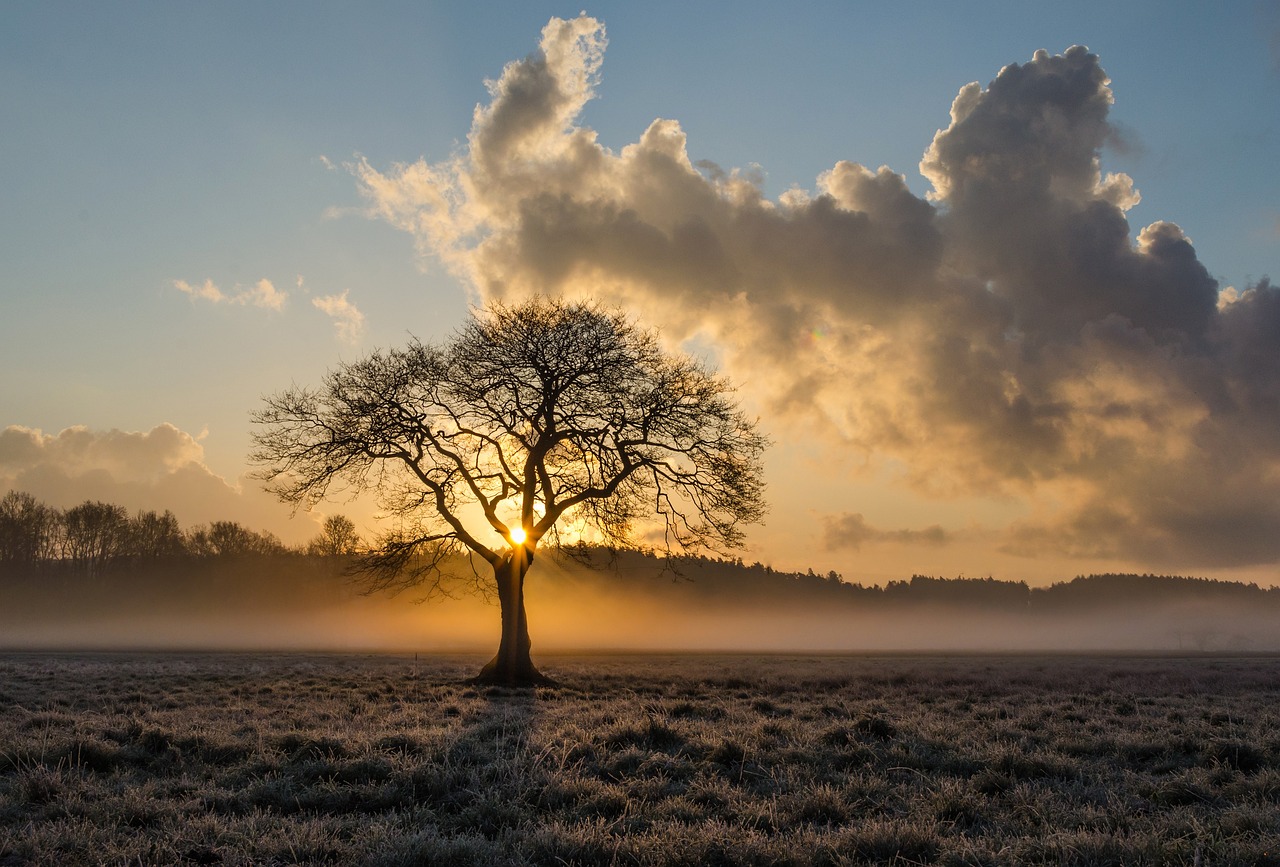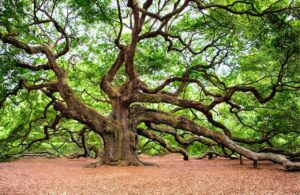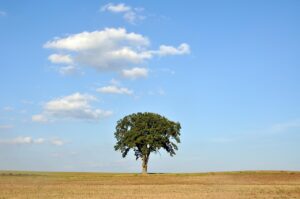Oak
Overview
The venerable oak, with about 500 species under its branches, stands as a noble emblem of strength across the globe. These hardwood trees from the Quercus genus boast spirally arranged, often lobed leaves, flourishing in various climates of the Northern Hemisphere. Their fruits, the acorns, are as distinctive as the tree, enclosed in a hardy cup. While specific growing conditions and detailed uses extend beyond our leafy overview, it’s clear the oak’s sturdy presence has deeply rooted itself in history and culture.

Characteristics
Known for its strength, longevity, and acorn production, the oak is a symbol of endurance and serves as the national tree for various countries.
Region
Native to the Northern Hemisphere, particularly in temperate regions of Europe, Asia, and North America.
Natural Habitat
Oak plants can be found in a variety of habitats including forests, woodlands, and scrublands.
Cultivation
Prefers full sun, well-drained acidic soil, and moderate water, with tolerance to drought once established.
Uses and Benefits
The mighty oak tree, a beacon of endurance, plays multiple roles beyond just standing tall in the landscape. Its wood is renowned for its strength and durability, making it a favorite in furniture and building construction. But there’s more to this tree than timber; oak leaves and bark have a storied history in traditional medicine.
For centuries, herbalists have reached for oak bark to concoct remedies for various ailments. Oak bark is revered for its astringent properties, which can help to tighten and tone tissues in the body. It’s also employed to:
- Soothe sore throats
- Nurture skin health
- Combat oral inflammation1
The potential health benefits of oak don’t stop there. Oaks may also contribute antioxidants, potentially aiding the body’s defenses against environmental stressors. And the humble acorn isn’t just food for wildlife; this nut has been used by indigenous peoples as a source of nourishment2.
When wildcrafting or growing oak at home, keep in mind:
- Harvest bark from fallen branches or during pruning to avoid damaging the tree
- Collect acorns in the fall when they’re ripe and have fallen to the ground
- Properly identify the oak species to ensure safety and efficacy of use
Given the significance and uses of the oak, it indeed warrants further exploration to fully appreciate its myriad applications and place in history and culture. By incorporating this versatile tree into your wildcrafting and gardening practices, you can tap into its time-honored benefits and forge a deeper connection with nature.

Cultivation Tips
To cultivate an oak tree successfully, you’ll need to consider a few key factors that enable this majestic plant to thrive. Start by planting your oak in well-drained soil; they don’t like having wet feet! Make sure they are in an area that receives plenty of sunlight, as oaks love the sun.
While they can adapt to different soil conditions, they do best in slightly acidic to neutral soil. Watering is crucial in the early stages of growth, but once established, oaks are known for their drought tolerance. With seasonal considerations in mind, plant your oak in the early spring or late fall when the tree is dormant, and the ground is moist.
Be patient as oaks are slow growers, especially during their first few years, but this patience will be rewarded with a strong and robust tree that can withstand the test of time. Remember, these general tips might vary depending on the species of oak, so it’s wise to look into the particular needs of the species you choose to grow2.
Here are some additional tips for cultivating a healthy oak tree:
- Provide ample space for your oak to grow, as they can become quite large over time.
- Mulch around the base of the tree to help retain moisture and regulate soil temperature.
- Prune your oak tree regularly to remove dead, diseased, or damaged branches and maintain its shape.
- Protect young oak trees from wildlife damage by using tree guards or fencing.
- Monitor your oak for signs of disease or pest infestation, and take appropriate action if necessary.
By following these cultivation tips and providing your oak tree with the care it needs, you’ll be able to enjoy its beauty and strength for many years to come.
Seasonal Considerations
To cultivate an oak tree successfully, you’ll need to consider a few key factors that enable this majestic plant to thrive. Start by planting your oak in well-drained soil; they don’t like having wet feet! Make sure they are in an area that receives plenty of sunlight, as oaks love the sun.
While they can adapt to different soil conditions, they do best in slightly acidic to neutral soil. Watering is crucial in the early stages of growth, but once established, oaks are known for their drought tolerance. With seasonal considerations in mind, plant your oak in the early spring or late fall when the tree is dormant, and the ground is moist.
Be patient as oaks are slow growers, especially during their first few years, but this patience will be rewarded with a strong and robust tree that can withstand the test of time. Remember, these general tips might vary depending on the species of oak, so it’s wise to look into the particular needs of the species you choose to grow2.
Here are some key seasonal considerations for growing oaks:
- Spring: Early spring is an ideal time to plant your oak sapling, as the soil is moist and the tree is still dormant. This allows the roots to establish before the growing season begins.
- Summer: During the hot summer months, ensure your young oak receives adequate water. Mulching around the base can help retain moisture and regulate soil temperature.
- Fall: Late fall is another suitable time for planting oaks. As the tree enters dormancy, it can focus its energy on root growth rather than foliage.
- Winter: Oaks are generally hardy and can withstand cold temperatures. However, protect young trees from potential damage caused by frost, snow, or wildlife by using tree guards or wraps.
By taking these seasonal factors into account, you’ll provide your oak tree with the best possible start and increase its chances of growing into a strong, healthy, and long-lived tree.

Issues and Troubleshooting
While oak trees are known for their resilience and longevity, they are not immune to various issues. Pests and diseases can pose significant threats to the health of your oak. The oak processionary moth is a common culprit, as its larvae feed on the tree’s leaves, potentially causing extensive defoliation. This not only mars the oak’s appearance but also weakens its overall vitality.
Another serious concern is oak wilt, a fungal disease that interferes with the tree’s ability to transport water. Symptoms of oak wilt include:
- Leaf discoloration
- Premature leaf loss
- Gradual decline in the tree’s health
Environmental stressors can also take a significant toll on oak trees. These may include:
- Prolonged periods of drought
- Poor soil conditions
- Extreme weather events
To help your oak thrive, consider the following tips:
- Plant your oak in well-draining soil to prevent waterlogging and root rot.
- Regularly monitor your tree for signs of pests or disease, such as damaged leaves or unusual discoloration.
- Take prompt action if you suspect any issues to mitigate the risk of serious damage.
- Consult with local arborists or extension services for expert advice specific to the oak species in your area and its unique challenges1.
By staying vigilant and providing proper care, you can help your oak tree remain a strong, majestic presence in your landscape for generations to come2.
History and Folklore
Steeped in ancient legends and revered across cultures, the oak tree is a living legend with roots that delve deep into history. These powerful trees have been standing tall since the Middle Eocene, leaving a trail of fossilized whispers hinting at their age-old presence2. Oaks have long been the emblem of strength and fortitude, earning the esteemed role as the national tree for a plethora of countries.
Symbolism woven through folklore paints the oak as a sacred guardian, with tales as robust as their mighty branches. As the centuries passed, their towering forms became the subject of countless myths and legends, each acorn potentially carrying a story as old as time itself. Dive into the lore, and you may find the oak playing a role in celebrations, or even offering a gateway to other worlds, according to some beliefs.
Though the research is scant, and the trove of stories vast and varied2, the oak’s historical and folkloric tapestry is richly textured, inviting all to explore and be enchanted by its timeless tale.
To truly honor the oak’s storied past, further discovery into its mystical roots is warranted, promising to unearth a wealth of enchanting narratives wrapped around this revered plant.
References
1. Updated Classification of Oaks: a Summary, https://www.internationaloaksociety.org/content/updated-classification-oaks-summary
2. Oak, https://en.wikipedia.org/wiki/Oak
Image Credit: mbll
Image Credit: RegalShave
Image Credit: artellliii72
Nicolas Duval
Nicolas is a passionate advocate for nature and the art of wildcrafting. His dedication shines through in Wildcraftia, a website he meticulously crafted to serve as a haven for nature enthusiasts worldwide. Driven by a deep appreciation for nature’s connection to humanity, Nicolas embarked on his journey in 2011 with SmokableHerbs, a platform showcasing his love for nature’s bounty. Building upon this foundation, he established Smokably, a thriving online store offering premium herbs and blends to a global audience.
